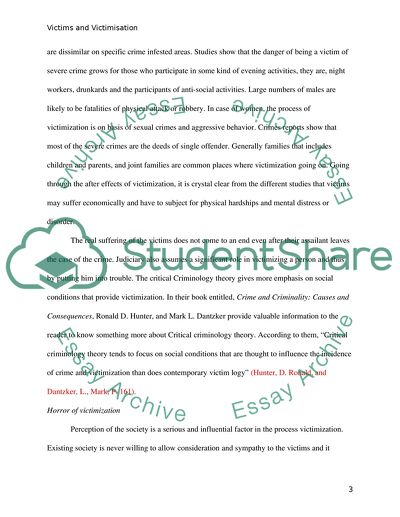Cite this document
(“Theoretical Explanations of Victims and Victimology Term Paper”, n.d.)
Theoretical Explanations of Victims and Victimology Term Paper. Retrieved from https://studentshare.org/psychology/1729239-critically-discuss-theoretical-explanations-of-victims-and-victimology
Theoretical Explanations of Victims and Victimology Term Paper. Retrieved from https://studentshare.org/psychology/1729239-critically-discuss-theoretical-explanations-of-victims-and-victimology
(Theoretical Explanations of Victims and Victimology Term Paper)
Theoretical Explanations of Victims and Victimology Term Paper. https://studentshare.org/psychology/1729239-critically-discuss-theoretical-explanations-of-victims-and-victimology.
Theoretical Explanations of Victims and Victimology Term Paper. https://studentshare.org/psychology/1729239-critically-discuss-theoretical-explanations-of-victims-and-victimology.
“Theoretical Explanations of Victims and Victimology Term Paper”, n.d. https://studentshare.org/psychology/1729239-critically-discuss-theoretical-explanations-of-victims-and-victimology.


